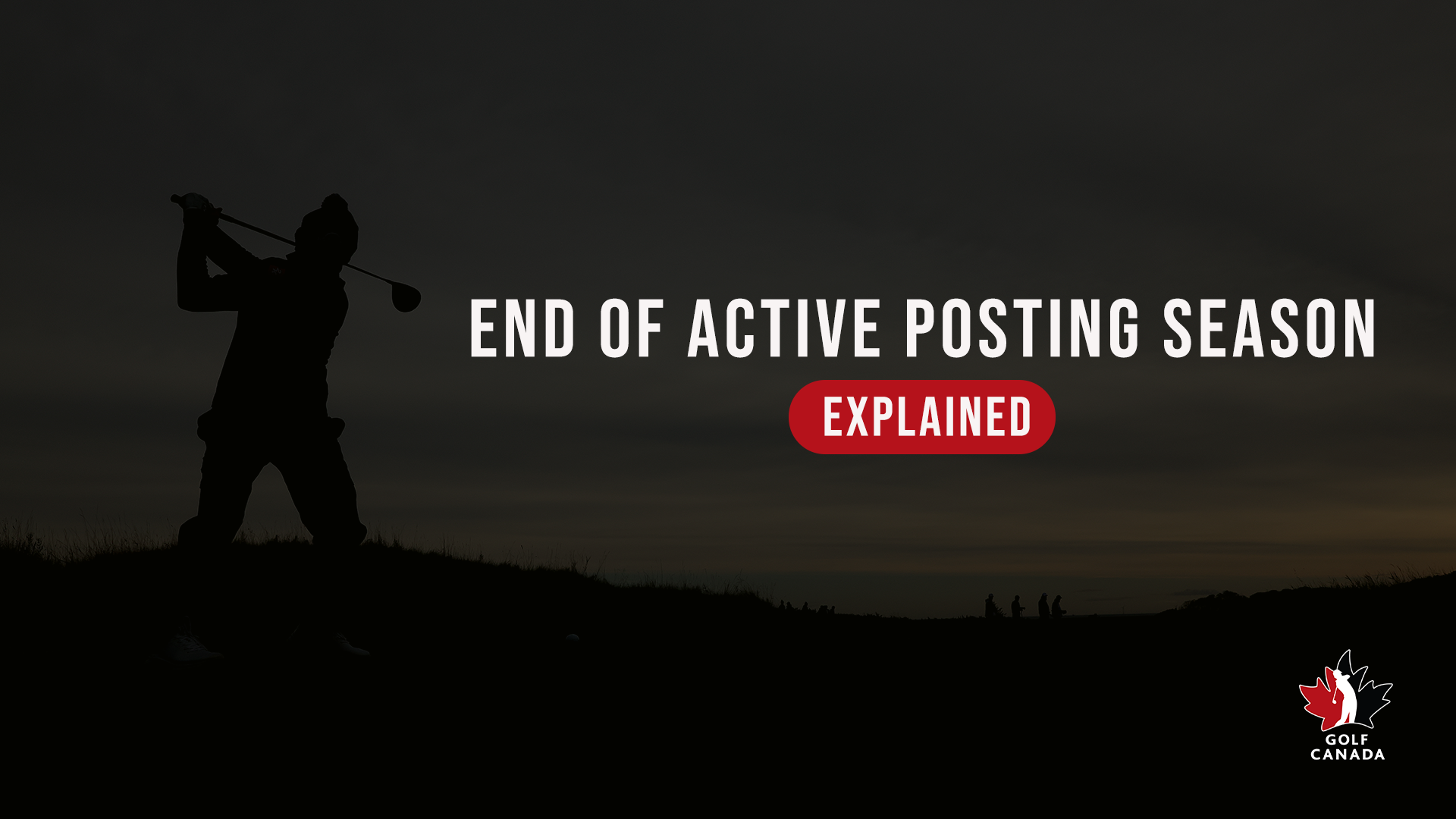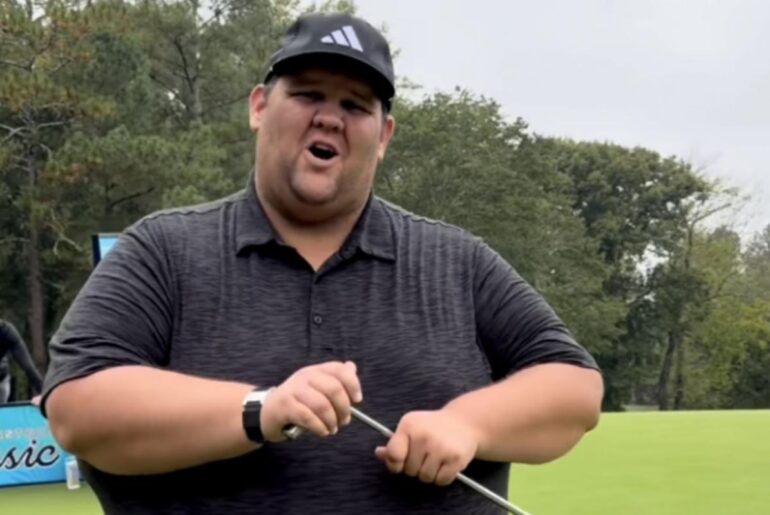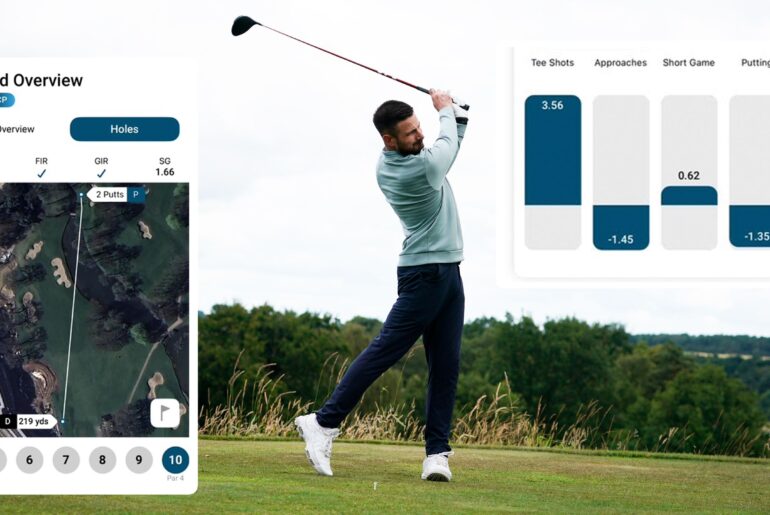As the leaves turn and golf courses across the country begin preparing for winter, we mark the end of the “active posting season” for many Canadian golfers. Under the Golf Canada Handicapping system, an active season is the period during which scores from rounds played on regional courses may be submitted for a golfer’s Handicap Index® and officially count.
In practical terms, this means that for provinces such as Ontario and Quebec, the active posting window typically runs from about April 15 to October 31.
With that window now closing, golfers at clubs across Canada must shift their thinking. Here’s what this seasonal change means—and what to keep in mind as the clubs wind down for winter.
Why an active/inactive season matters:
The rationale behind the delineation is simple: golf courses in the off-months often play under very different conditions—frost-hardened fairways, slower greens, shorter roll-out, tree leaf fall, wet spots—that diverge significantly from the “mid-season” conditions assumed when course ratings and slope ratings were set. Allowing scores from such conditions to count would risk distorting players’ handicap indexes—either inflating or deflating them unfairly.
For that reason, rounds played on courses that are in their inactive season will still be recorded (in many cases) but won’t be included in handicap calculations. This ensures a fairer reflection of a golfer’s ability under more typical playing conditions.
What golfers should do now:
With the active posting season ending in many regions, now’s the time to make sure all your rounds played during the window are posted if you haven’t already. Since every player is responsible for submitting acceptable scores during the active season, missing a late-season round could leave your record incomplete.
If you plan to travel to warmer climates or play somewhere with a year-round active season (for example some clubs in British Columbia or in the southern U.S.), those rounds can still be submitted—provided the host course is in its active season. So even as your home club closes out, your golf doesn’t necessarily have to stop.
What changes for your game and club?
From the club’s side, this time of year often signals the winding-down phase—fewer tournaments, course maintenance ramps up, tees and greens may be adjusted for winter conditions, and the pace of play may shift. For players, the focus may turn from competitive rounds to skillrefinement: indoor putting, swing work, lessons, or planning for next season.
Also, with posted rounds now finalised for the year, your Handicap Index® heading into winter is set. That gives you a baseline to work from for next season. During the “inactive” period you might still play—it’s just that those rounds typically won’t contribute to the index, so they serve more as practice or fun rather than ranking rounds.
Looking ahead to next season
With the active season behind us, it’s a good moment for reflection: review your stats for the year, set goals for next year (e.g., stroke reduction, improved short game, more fairways hit), and perhaps identify indoor or offseason training opportunities. Many clubs open lessons, simulator access or special winter programs precisely because the outdoor competitive calendar is winding down.
In short: the close of the active posting season isn’t the end of your golfseason life—it’s just the signal that for handicapping and official scoretracking purposes, the “clock” has been paused. Use the next months wisely: maintain your swing, play off-course golf, stay “dialled” so when Spring 2026 rolls around—you’re ready to hit the ground running.







